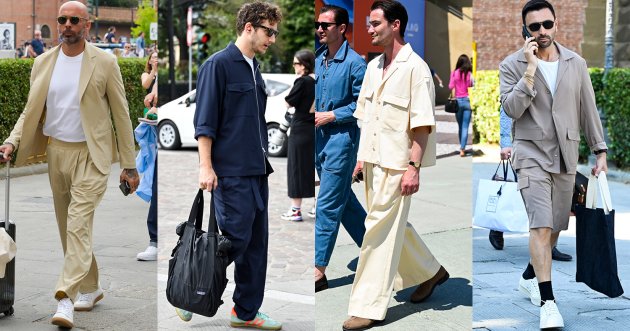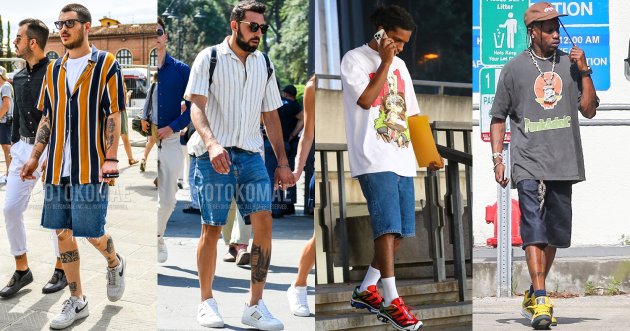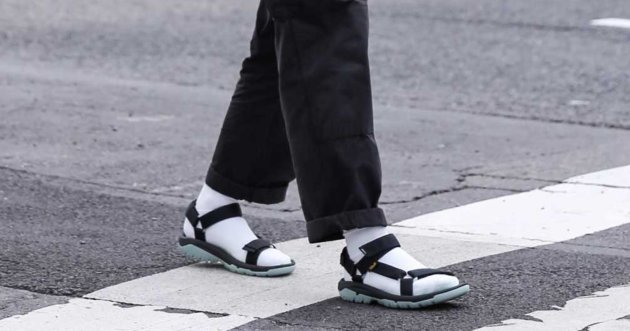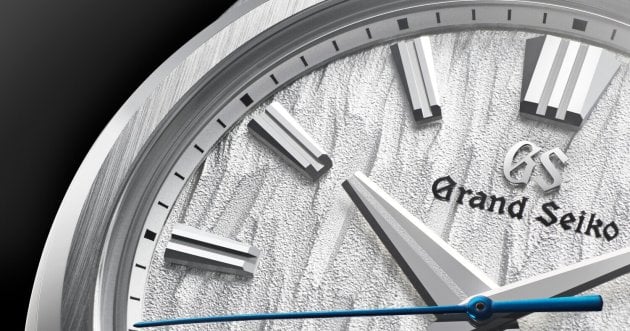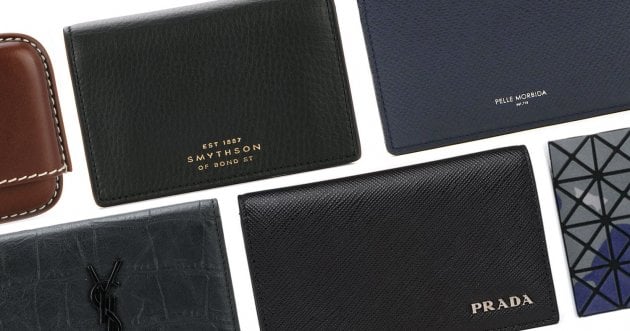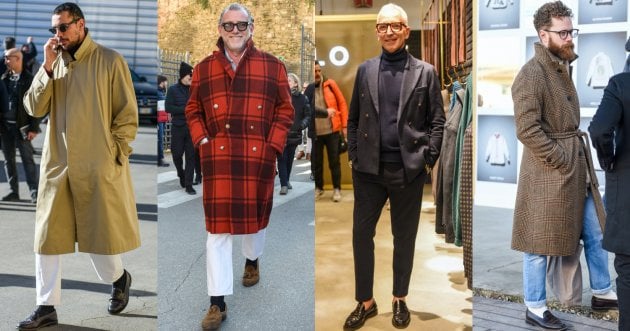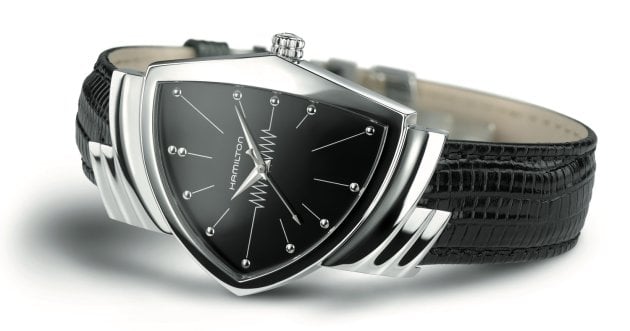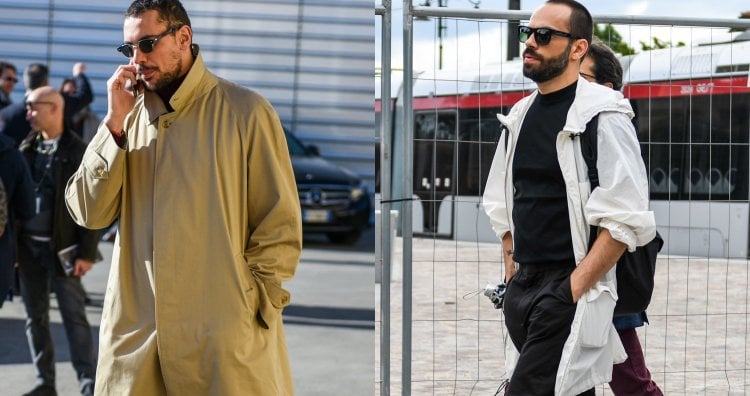
Lightweight coats are useful in spring and fall, when the temperature difference between day and night is extreme. Brands sell “spring coats” and “fall coats” for each season, but do you know the difference between them? This issue focuses on the differences between spring and fall coats, and what to look out for when using both!
Suponsered by
Both spring and fall coats are thin. The difference is in the design and material!
Cooler than summer and warmer than winter, fall and winter coats commonly have a mostly thin finish. However, there are often differences in design and material when actually comparing them.
Spring coats are characterized by “bright tones” and “crispy fabrics”!
Coats tailored for the spring season, when winter is over and the weather is gradually warming up for summer, are often made of fabrics with brighter tones and colors that make you feel good when you wear them. For men, monotone colors such as white and light gray, light beige, and pastel colors are popular. In addition, materials such as cotton, polyester, and linen are often used to create a crisp touch that feels good against the skin to cope with the heat.
Autumn coats are mainly made of “calm tones” and “warm materials”!
During the fall season, when the hot summer is over and temperatures continue to drop toward winter, warm colors with subdued tones tend to be preferred. Brown, khaki, beige, and other darker colors are duller than spring coats, giving a more mature and chic look to the coordination when worn with a coat. In addition, wool and quilted co ats are the most common materials used to cope with the cold weather.
One of the most promising options is to choose an “in-between coat” that can be used for both seasons!
It is not necessarily true that a spring coat can be worn in the fall and vice versa, but some people may feel that it looks too “clunky” and avoid wearing it. In addition, coats are bulky items, and many people prefer not to prepare one coat for each of spring and fall. In such cases, a light coat with an intermediate design that can be used for both spring and fall is very useful. Coats in colors that are neither too bright nor too chic, monotone, or made of medium-weight cotton or polyester can be easily coordinated with both spring and fall outfits, although they may not have the same seasonal appearance.

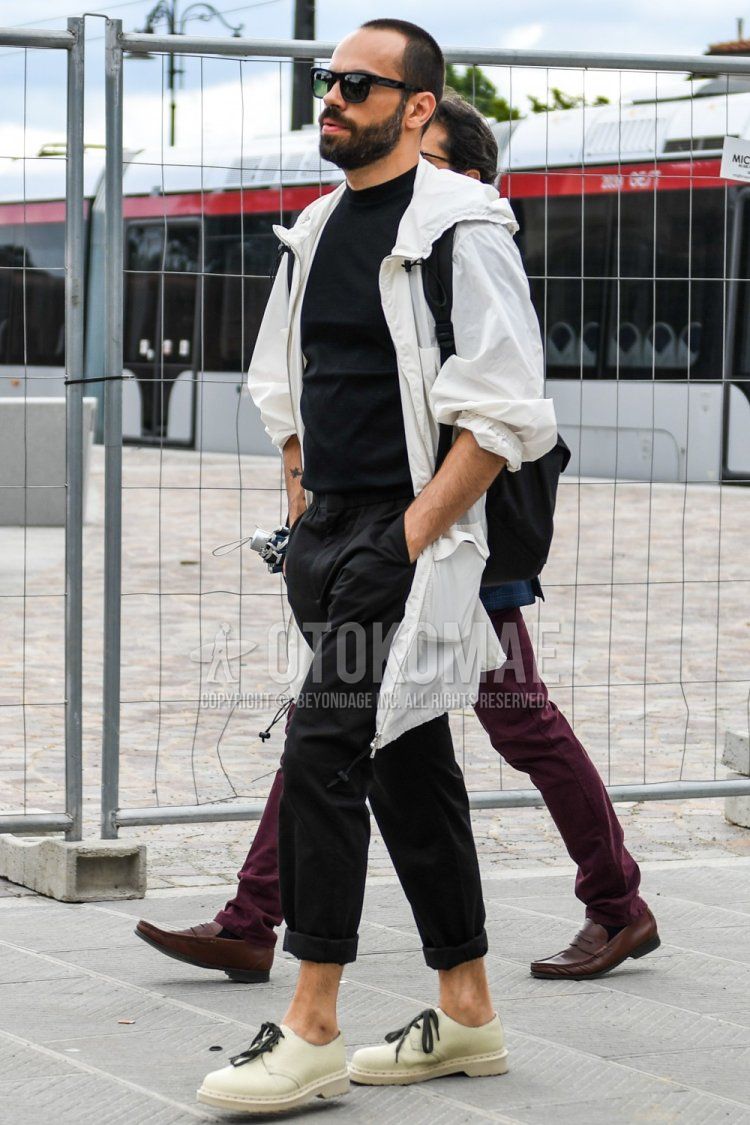
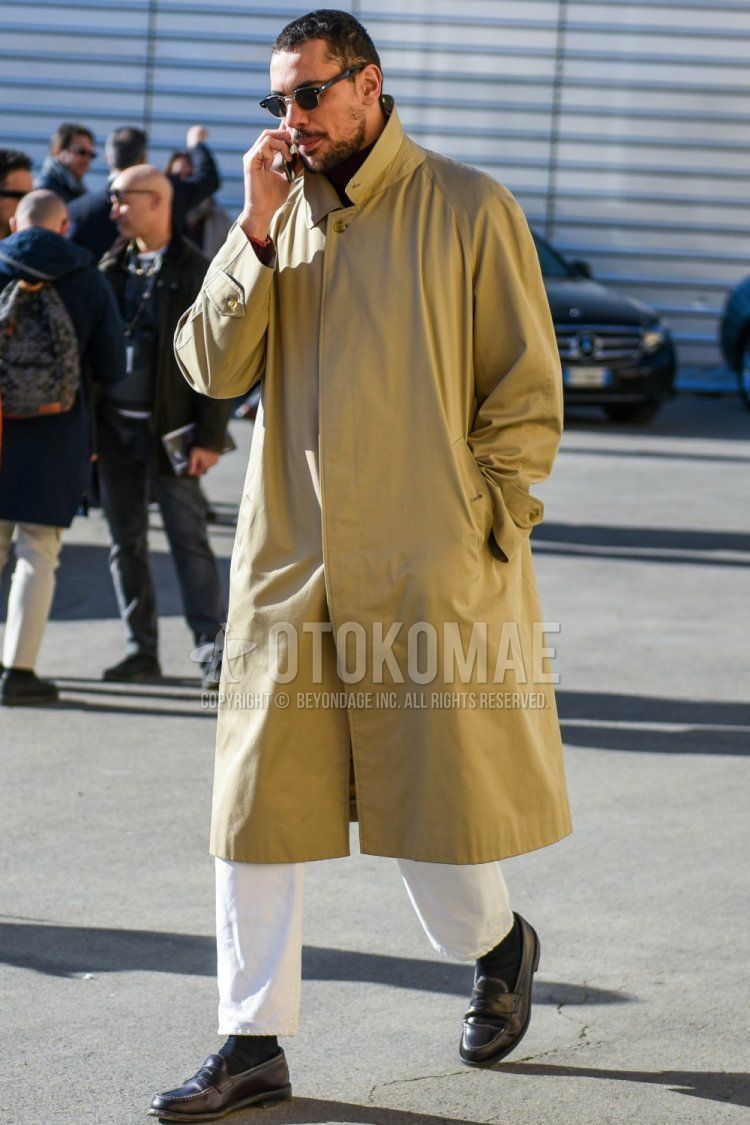
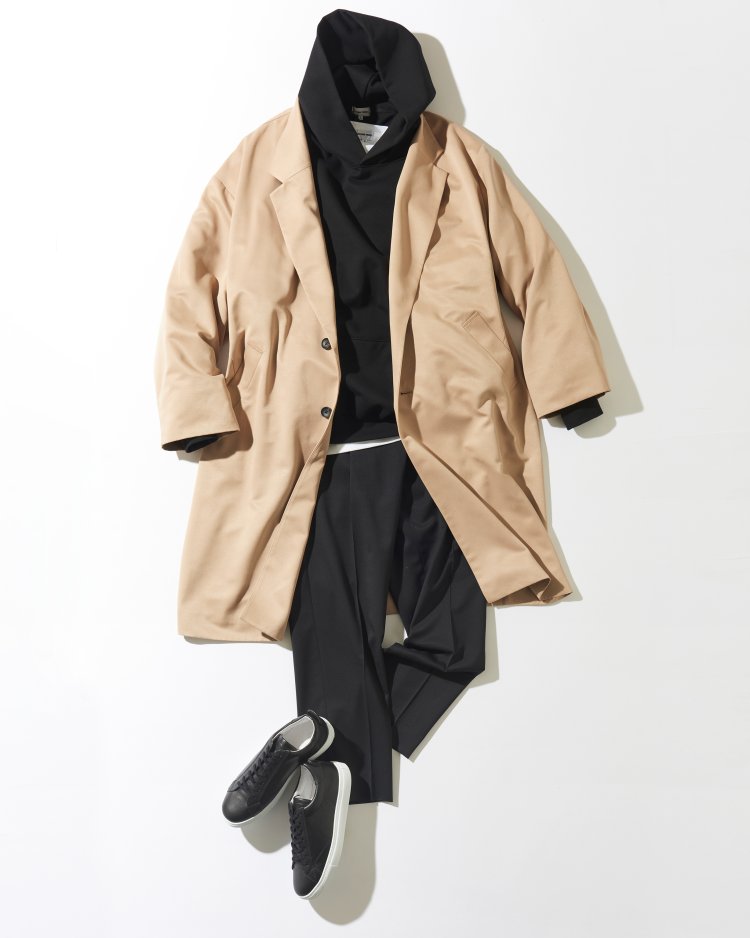
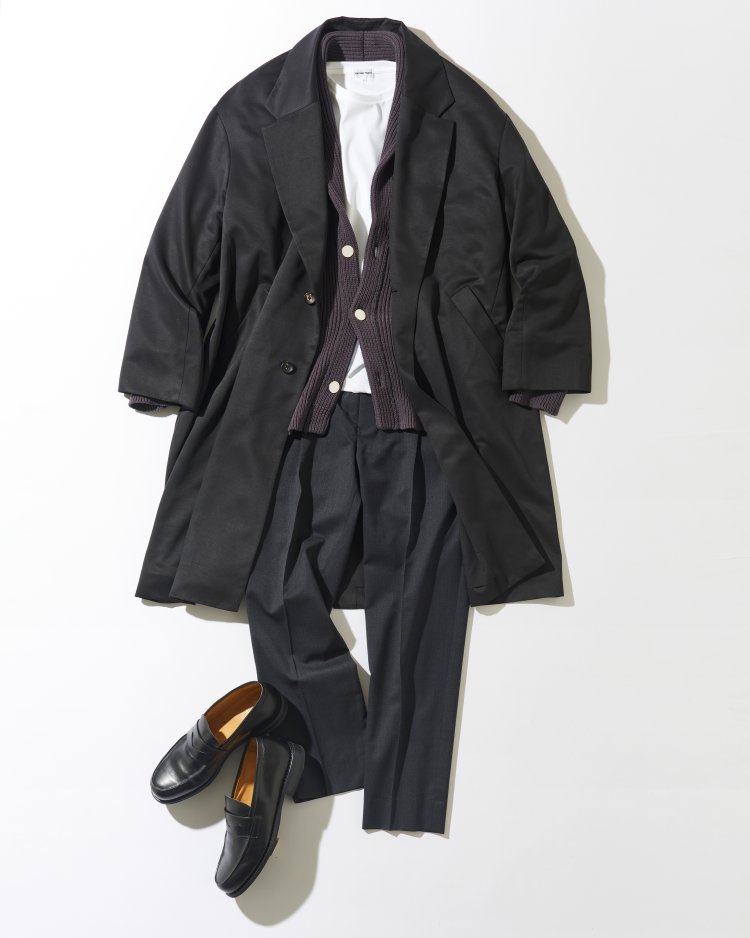
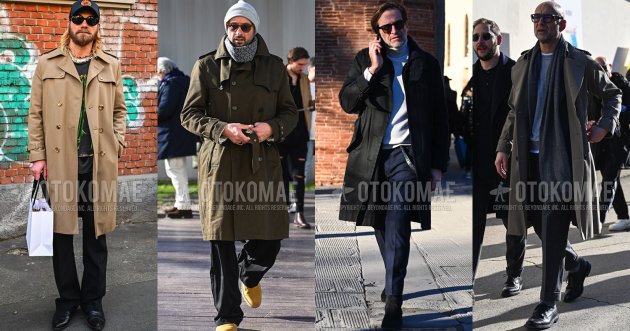
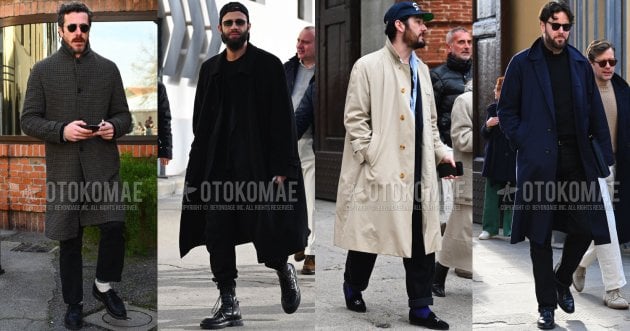
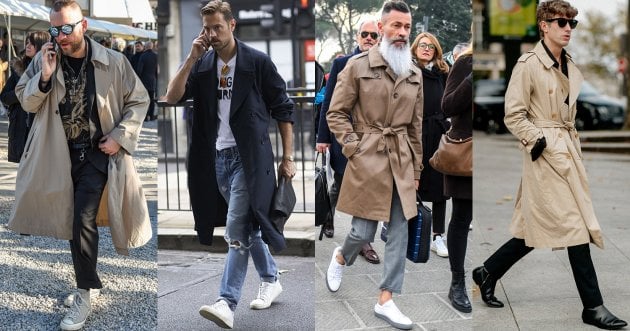
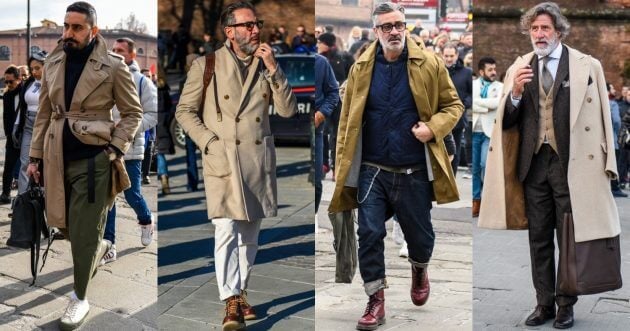
![Coach Jacket’s Noteworthy Men’s Coordinate Introduction [ Points to Wear & Recommended Brands ].](https://otokomaeken.com/wp-content/uploads/2024/03/23829f24bb980f70317620e43c7cf1ee-630x331.jpg)

